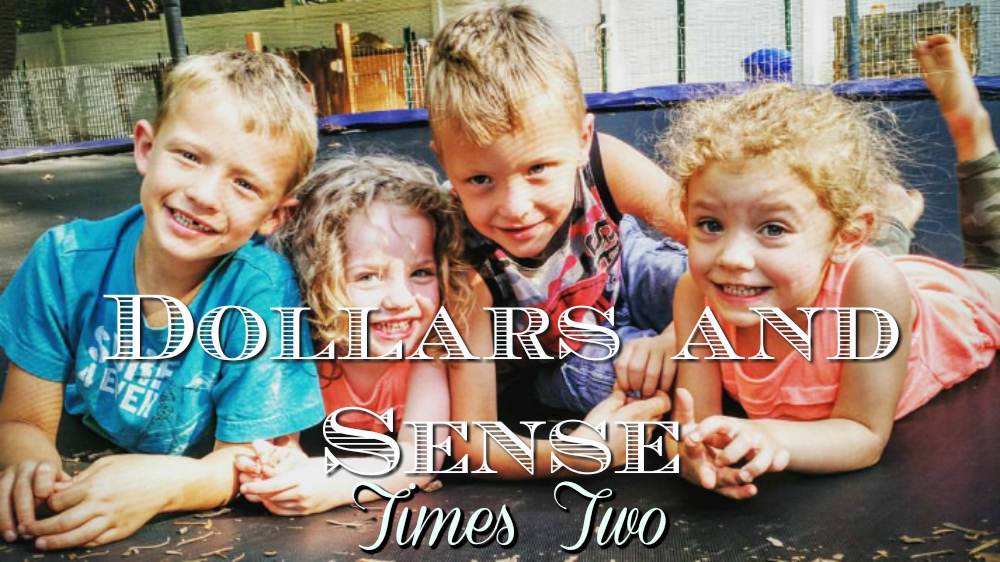Moravian Star

One of the most iconic images, the star, was initially conceived as a geometry problem in 1850 at the Moravian school at in Niesky, Germany. A student at the school later discovered they were popular and decided to sell them. On my way home tonight, I counted 15 Moravian stars on one street. They are often used as a porch light (year round) and adopted throughout the city. You can buy them in coated paper, in plastic, or in glass. Luckily, the directions are no longer in German as they were when my parents bought one back in the 70s.My stepfather spent countless hours using his high school German and asking his Austrian mother to translate over the phone!
Children (and everyone else) learn to make paper stars as a tree or household decorations. I made tons of them for school projects. They are easy and cheap to do, and the results are beautiful. Here is a link to a Moravian star tutorial.
Putz
The Moravians are best known for their elaborately constructed Christmas scenes that portray the Christmas story or other religious themes. The word putz comes from the German word putzen which means to decorate or clean. The manger is always the center of any putz. Putzes are traditionally erected in churches or in homes during the Christmas holidays. Everyone was proud to show off the results of their elaborate labors, so putz parties became popular in the mid-1800s. The earliest family putz known was created in 1782 in Bethlehem.
Designed to tell the story of Jesus’ birth in progression, a putz can be as simple as a tabletop nativity or as elaborate as the one at Central Moravian that fills an entire room. When I was a child, we made one for our classroom. I remember carefully gathering moss and sticks to help decorate the nativity scene.
Candles in Every Window (Illumination)
In the historic areas of Bethlehem, most buildings have a single, white candle in every window. When I was in school, we were told the candles existed to help the Christ Child light his way home. However, I’ve never found any liturgical source that explains this custom. It is breathtaking in its simplicity. Many people, keep their candles on year round, but they look especially beautiful at Christmas.
Beeswax candles
Moravian candles are beeswax and have a red paper frill to catch wax drippings. (The paper trim also comes in other colors but is red for Christmas). They are used in the celebration of love feasts (see below) and for the Christmas vesper services. They just smell amazing as they are brought around on trays for the service. I remember eagerly anticipating my first time to receive a candle (third grade) and how exciting it was. It still thrills me today. Below is a photo of what they look like in action at Moravian College’s Christmas Vespers
Love Feasts

The lovefest is primarily a song service, opened with prayer. If many visitors are present, the presiding minister often says a few words, explaining the purpose for gathering. There are often hymns throughout, often just before the congregation partakes of the bun and coffee (sometimes chocolate milk). On special occasions, an address may be added, giving an opportunity to remind the group of the history of the anniversary or the deeper import of the day. There are many services during the year at which a lovefest is appropriate, such as the festivals of the church year, the anniversary days of the Moravian Church, a missionary occasion, or a holiday. It’s a lovely, simple service and one especially nice for children (unless you are taking two sets of twins and hoping they don’t dump coffee on each other and a 200+ year old church).
If you would like to learn more about the history of the Moravians, you can read my post on Colonial Bethlehem. If you can, don’t miss a trip to our beautiful city over the holidays (or any other time of the year). Wishing you a very festive Advent season!





Gabrielle,another informative enjoyable article!! We have Moravian congregations here, though it is not a growing population. One of my uncles is married to a Moravian. They alternate between our church and that one next town over every other Sunday. I have been to weddings and other special days there with my cousins. My husband’s family are Conservative Mennonite though he grew up Amish. They left when he was 16. My family is (Swiss) Brethren. How far back does your family go in Pennsylvania? We are all cousins!
Hi Athanasia! No wonder your canning is so impressive with a Mennonite husband! My PA family, the Obenhaus’ have been here before the Revolution. It’s my only branch that aren’t recent immigrants. You are in the Midwest? There are a lot of Moravians here. However, I’ve seen congregations in the UK and Jamaica in my travels. Amazing how they expanded
Oh yes, canning is a big deal. I thought my grandmas, country and city, were canning fanatics, country more than city, but that was nothing compared to my ex Amish in laws. They even canned meat.
Oh yes! I’ve seen all kinds of canned meat…chicken, beef, venison…I’m happy if I can do pickles and jams!